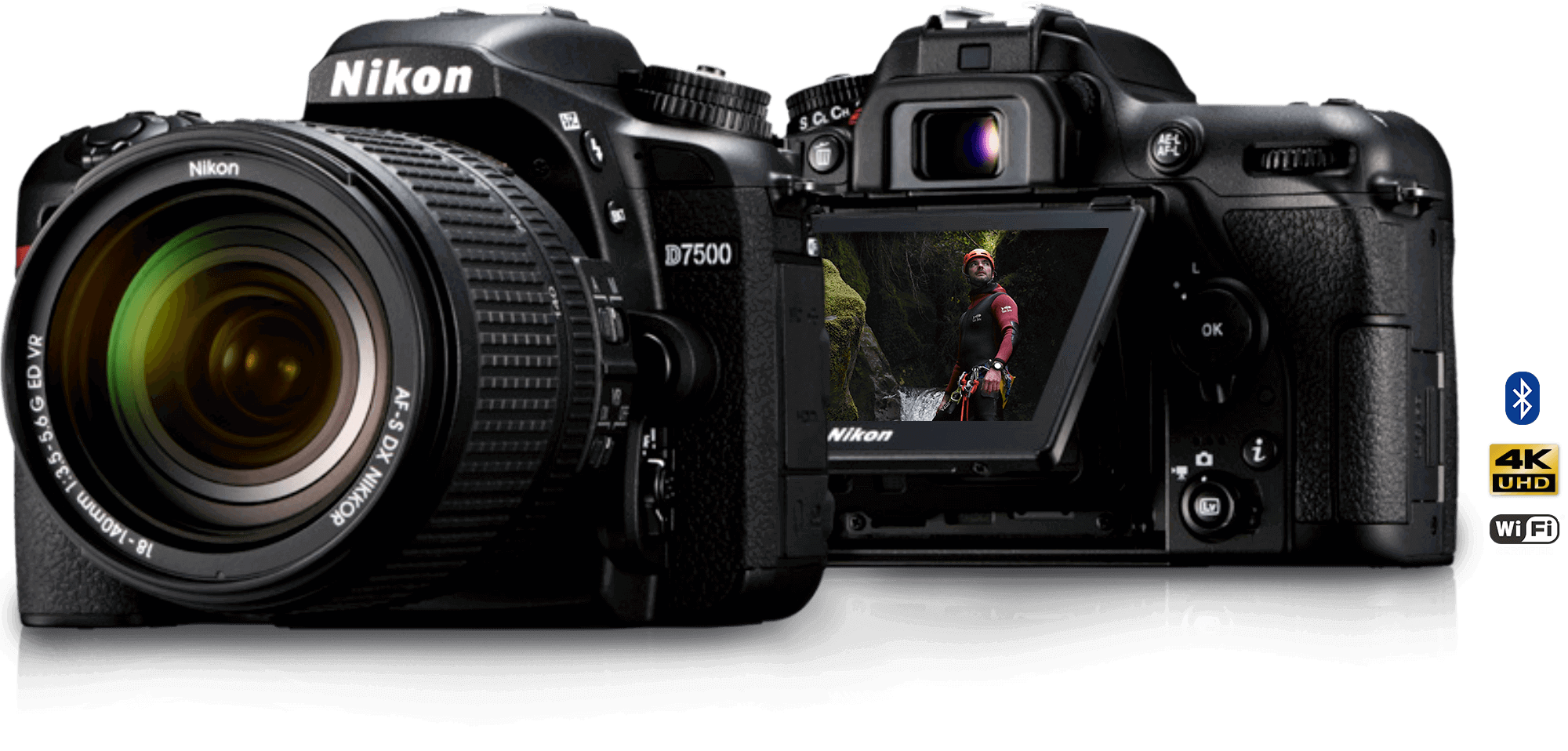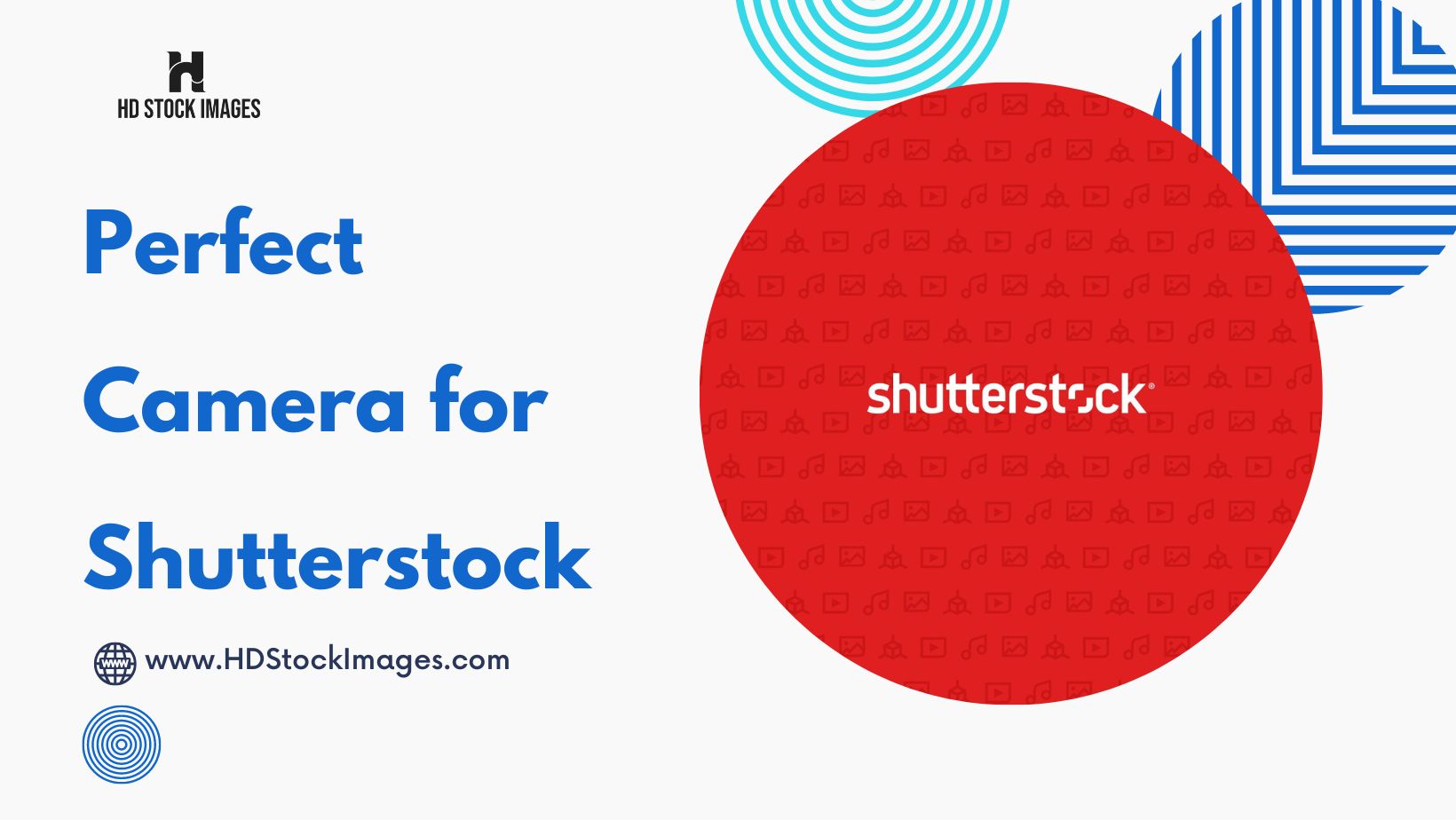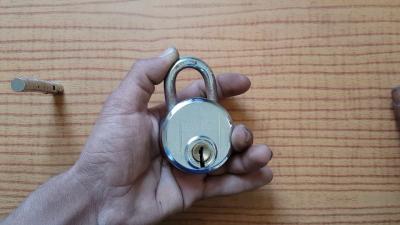1.Introduction
Choosing the perfect camera for Shutterstock is a crucial decision for aspiring or professional stock photographers. The right equipment can greatly impact the quality and success of your stock photography endeavors. This blog post delves into the factors to consider when selecting a camera specifically for Shutterstock.From understanding camera specifications and image quality to evaluating features, ergonomics, and budget considerations, we'll explore the key aspects to help you make an informed decision. By finding the ideal camera that aligns with your shooting style, preferences, and budget, you can enhance your stock photography journey and capture stunning images that resonate with Shutterstock users.Also Read This: Using SolidWorks to Add Images
2. Understanding Camera Specifications for Stock Photography
 Understanding camera specifications is essential when choosing a camera for stock photography. Here are the key specifications to consider:1. Image Sensor and Megapixel Count: A larger image sensor and higher megapixel count result in greater detail and resolution. This is crucial for capturing high-quality images that can be used in various formats and sizes.2. ISO Performance and Low-Light Capability: A camera's ISO range determines its sensitivity to light. Look for a camera with good low-light performance and a wide ISO range to handle various lighting conditions without compromising image quality.3. Lens Compatibility and Interchangeability: Ensure that the camera supports a range of lenses, allowing you to choose the most suitable lens for different subjects and styles of stock photography. Interchangeable lenses provide flexibility and the ability to achieve desired perspectives and focal lengths.4. Autofocus System and Speed: A fast and accurate autofocus system is crucial for capturing sharp and well-focused images. Look for cameras with advanced autofocus capabilities and multiple focus points to handle different shooting scenarios.5. Image Stabilization Technology: Image stabilization reduces camera shake, resulting in sharper images, particularly in low-light situations or when using longer focal lengths. Cameras with built-in image stabilization or lens-based stabilization can be beneficial for stock photography.6. Burst Mode and Continuous Shooting Speed: The ability to capture multiple frames per second is valuable when shooting fast-paced or dynamic subjects. Look for a camera with a high continuous shooting speed and a sufficient buffer size to capture a series of images in quick succession.Considering these camera specifications will help you choose a camera that can deliver the image quality and performance required for successful stock photography. Remember to balance your specific shooting needs, budget, and the intended use of your stock images.
Understanding camera specifications is essential when choosing a camera for stock photography. Here are the key specifications to consider:1. Image Sensor and Megapixel Count: A larger image sensor and higher megapixel count result in greater detail and resolution. This is crucial for capturing high-quality images that can be used in various formats and sizes.2. ISO Performance and Low-Light Capability: A camera's ISO range determines its sensitivity to light. Look for a camera with good low-light performance and a wide ISO range to handle various lighting conditions without compromising image quality.3. Lens Compatibility and Interchangeability: Ensure that the camera supports a range of lenses, allowing you to choose the most suitable lens for different subjects and styles of stock photography. Interchangeable lenses provide flexibility and the ability to achieve desired perspectives and focal lengths.4. Autofocus System and Speed: A fast and accurate autofocus system is crucial for capturing sharp and well-focused images. Look for cameras with advanced autofocus capabilities and multiple focus points to handle different shooting scenarios.5. Image Stabilization Technology: Image stabilization reduces camera shake, resulting in sharper images, particularly in low-light situations or when using longer focal lengths. Cameras with built-in image stabilization or lens-based stabilization can be beneficial for stock photography.6. Burst Mode and Continuous Shooting Speed: The ability to capture multiple frames per second is valuable when shooting fast-paced or dynamic subjects. Look for a camera with a high continuous shooting speed and a sufficient buffer size to capture a series of images in quick succession.Considering these camera specifications will help you choose a camera that can deliver the image quality and performance required for successful stock photography. Remember to balance your specific shooting needs, budget, and the intended use of your stock images.Also Read This: How to Discover the Artist of an Image
3. Considerations for Image Quality and Resolution
When selecting a camera for stock photography, image quality and resolution are crucial factors to consider. Here are some key considerations:1. Raw vs. JPEG Formats: A camera that allows shooting in RAW format provides greater flexibility in post-processing. RAW files retain more image data and allow for more extensive adjustments in exposure, white balance, and other settings. However, shooting in RAW may require more post-processing time and storage space. JPEG files, on the other hand, are smaller and ready to use but offer less flexibility for editing.2. Dynamic Range and Color Accuracy: A camera with a wide dynamic range captures a greater range of light and dark tones, resulting in images with better highlight and shadow detail. Look for cameras with good dynamic range performance to ensure your images have the desired tonal range. Similarly, accurate color reproduction is essential for stock photography, as it ensures the faithful representation of colors in your images.3. Noise Performance at High ISOs: Evaluate a camera's noise performance at higher ISO settings, especially if you anticipate shooting in low-light conditions or require high ISOs for faster shutter speeds. Cameras with larger image sensors generally perform better in terms of noise reduction at higher ISOs.4. Post-Processing Capabilities: Consider the post-processing capabilities of the camera, such as the ability to adjust parameters like exposure, white balance, and color profile in-camera. Some cameras offer advanced features like in-camera HDR (High Dynamic Range) and multiple exposure blending, which can be advantageous for stock photography.Balancing image quality and resolution is crucial to meet the requirements of stock photography. Higher-resolution images allow for greater flexibility in cropping and resizing without sacrificing image quality. However, keep in mind that extremely high resolutions may require more storage space and processing power. Assess your specific needs, intended use, and workflow preferences to determine the optimal image quality and resolution for your stock photography.Each month, we highlight the work of a Shutterstock contributor who inspires us. July's #ContributoroftheMonth is Charlie Blacker, a photographer living in a self-converted camper van, based in Australia. Check out his complete catalog here: https://t.co/qOhZLatz0a pic.twitter.com/wl7Umdy2LS
— Shutterstock (@Shutterstock) July 5, 2023
Also Read This: Creating Welcome Charts for Classrooms with Dailymotion Assistance
4. Evaluating Camera Features and Functionality
When evaluating camera features and functionality for stock photography, consider the following factors:1. Connectivity Options: Look for cameras that offer built-in Wi-Fi, Bluetooth, or NFC capabilities. These features allow for easy image transfer to your computer or mobile device, enabling quick editing, uploading, and sharing of your stock images.2. LCD Display and Touchscreen Functionality: A high-quality, tiltable LCD display with touchscreen functionality can enhance your shooting experience. It allows for easy navigation through menus, quick access to settings, and precise focus selection by simply tapping on the screen.3. Built-in Flash and External Flash Compatibility: While natural lighting is often preferred, having a built-in flash can be useful in certain situations. Additionally, ensure that the camera supports external flash compatibility, as it provides greater control over lighting for your stock photography.4. Video Recording Capabilities: Consider if video recording is important to your stock photography needs. Look for cameras that offer high-quality video recording capabilities, such as 4K resolution and advanced video features like manual control, external microphone support, and image stabilization.5. Battery Life and Durability: Evaluate the battery life of the camera, especially if you anticipate shooting for extended periods without access to charging. Additionally, consider the durability and weather-sealing of the camera body if you plan to shoot in challenging or outdoor environments.It's important to assess these features based on your specific requirements and shooting style. Consider the types of stock photography you intend to capture and how these features can enhance your workflow and overall experience. Prioritize the features that align with your needs and ensure that the camera's functionality supports your creative vision.Also Read This: Why Are AI-Generated Celebrity Images So Popular?
5. Assessing Ergonomics and Handling
Assessing the ergonomics and handling of a camera is crucial for stock photography, as it directly impacts your comfort and shooting experience. Here are key factors to consider:1. Size, Weight, and Portability: Choose a camera that feels comfortable in your hands and suits your shooting style. Consider the size and weight of the camera, as a lightweight and portable option can be advantageous for travel or extended shooting sessions.2. Grip Comfort and Button Layout: Evaluate the ergonomics of the camera's grip to ensure a secure and comfortable hold. A well-designed grip reduces hand fatigue during long shooting sessions. Additionally, examine the button layout and ensure that essential controls are easily accessible and well-placed for efficient operation.3. Viewfinder vs. Live View Shooting: Decide whether you prefer using the viewfinder or the LCD screen for composing your shots. A high-quality electronic viewfinder (EVF) can offer a clear and real-time preview of your image, while a tiltable LCD screen allows for flexible shooting angles, especially for overhead or low-angle shots.4. Customization and Personalization: Check if the camera allows customization of settings and buttons to suit your shooting preferences. The ability to assign frequently used functions to customizable buttons can enhance your efficiency and streamline your workflow.Also Read This: Printing a Large Image Across Multiple Pages
6. Budget Considerations and Value for Money
When choosing a camera for stock photography, budget considerations play a crucial role. Here are some factors to keep in mind to ensure value for money:1. Set a Realistic Budget: Determine your budget range based on your financial capabilities and the level of investment you are willing to make. Establishing a budget upfront helps narrow down your options and focus on cameras within your price range.2. Research and Compare Camera Prices: Conduct thorough research to compare prices across different retailers and online platforms. Keep an eye out for discounts, promotions, or bundled deals that may offer additional value for your money.3. Assess Long-Term Value and Future-Proofing: Consider the longevity of the camera and its potential to meet your evolving needs in the future. While investing in the latest camera model may seem enticing, it's essential to weigh the cost against the features and improvements it offers compared to more affordable, slightly older models.The following video is about Best Camera For Stock Photography:Also Read This: How to Pronounce Imago Dei
7. User Reviews and Recommendations
User reviews and recommendations are valuable resources when choosing a camera for stock photography. Consider the following aspects when gathering insights from other photographers:1. Read Diverse Reviews: Look for reviews from a variety of sources, including professional photographers, enthusiasts, and industry publications. This helps provide a well-rounded perspective on the camera's performance, strengths, and weaknesses.2. Analyze Pros and Cons: Pay attention to both positive and negative aspects mentioned in the reviews. Understand the specific features or characteristics that users appreciate and those that may be lacking or problematic. Analyzing pros and cons helps you make an informed decision based on your priorities and shooting preferences.3. Consider Relevance to Stock Photography: Focus on reviews that specifically discuss the camera's suitability for stock photography. Look for feedback on image quality, dynamic range, low-light performance, autofocus accuracy, and other factors that directly impact stock image production.Also Read This: How to Make Cake Videos on Dailymotion for Fun Baking Tutorials
FAQs about choosing the perfect camera for Shutterstock:
1. What are the most important factors to consider when choosing a camera for Shutterstock?The most important factors to consider when choosing a camera for Shutterstock are:- Image quality. The camera should be able to produce high-quality images that meet the standards of Shutterstock.
- Resolution. The camera should have a high resolution, so that the images can be enlarged without losing quality.
- Lens selection. The camera should have a variety of lenses, so that you can capture a wide range of subjects.
- Autofocus. The camera should have a fast and accurate autofocus system, so that you can capture sharp images of moving subjects.
- Ergonomics. The camera should be comfortable to hold and use, so that you can take long shoots without getting tired.
- Canon EOS 5D Mark IV. This full-frame DSLR camera is a great all-around camera for Shutterstock. It has a high resolution, a fast autofocus system, and a variety of lenses available.
- Nikon D850. This full-frame DSLR camera is another great option for Shutterstock. It has a high resolution, a fast autofocus system, and a wide range of lenses available.
- Sony A7R III. This full-frame mirrorless camera is a good choice for Shutterstock photographers who want a lightweight and portable camera. It has a high resolution, a fast autofocus system, and a variety of lenses available.
- Fujifilm X-T3. This APS-C mirrorless camera is a good choice for Shutterstock photographers who want a camera with great image quality and a variety of shooting modes.
- Choose the right subject. The subject of your photo should be something that is in high demand on Shutterstock.
- Pay attention to the details. Make sure that your photos are well-composed and that the details are sharp.
- Use natural light. Natural light is the best light for taking stock photos.
- Edit your photos. Once you have taken your photos, edit them to improve the quality and to make them more appealing to buyers.

 admin
admin








